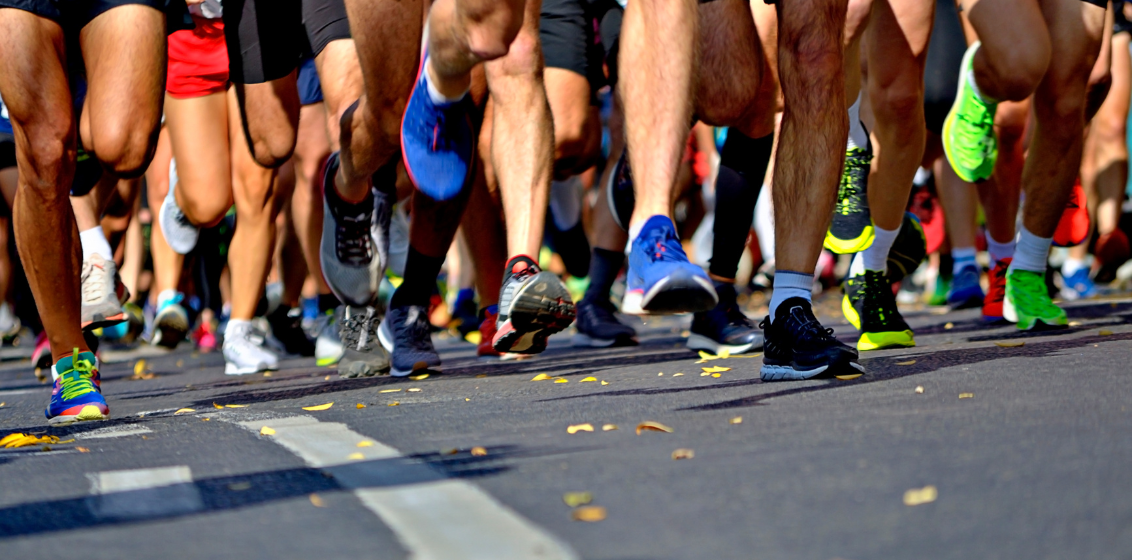Don’t let Shin Splints wreck your spring

Pre Season is upon us and so are our patients coming in complaining about shin splints. Its one of those really annoying and limiting condition that can have a lasting impact on continued training and games. Trust me, I know how badly they suck.
Despite everyone seeming to have been self diagnosed with shin splints, it’s important to correctly diagnose to ensure quick and safe return to exercise and sport. There are several different conditions of the lower limb have a similar presentation to shin splints but vary widely in their treatment. What might appear as shin splints could also be Tibial stress fractures or compartment syndrome. Therefore a correct diagnosis is vital in prescribing the best treatment and accurate return to exercise and sport.
So why do we get them?
There are a number of factors that may increase your risk of developing shin splints and they can all be controlled. These are:
- Poor Biomechanics – pronated feet/flat feet, poor running technique
- Training Load – sudden increase in load of training (starting pre season fitness)
- Training Surfaces – hard unforgiving ground (especially in summer with minimal rain on grounds)
- Inappropriate footwear – lack of support or cushion specific to sport, worn out shoes
- Poor Tissue Tolerance – lack of flexibility and strength of lower limb muscles
What are they?
Shin Splints or Medial Tibial Stress Syndrome is characterised by pain located in the mid to lower shin towards the inside portion of the shin. This pain usually decreases once warmed up but returns after exercise and is worse the next morning. The jury is out on a confirmed caused but it is thought to be caused by either chronic inflammation of he muscle attachment onto the bone or an irritation/inflammation of the periosteum (a layer of connective tissue that surrounds bone).
What’s the best treatment?
Like most things in the world of health, prevention is better than a cure. But all is not lost if you’re already feeling that unwanted pain in the front of your shins. Get on top of it ASAP so it doesn’t have a negative effect on your training and fitness progress.
Make sure you wear your orthotics when you run and make sure your shoes are appropriate for you. Progress your exercise activity slowly so your body has time to adjust. Start exercising on grass or running on a treadmill with softer terrain. Strengthen your calves and soleus muscles and keep on top of flexibility with rolling and stretching.
Where to from here?
If you’re still struggling or unsure on what recovery options are best for you, make an appointment today so we can help get your fitness and exercise goals back on track pain free. As Physio’s we use taping, soft tissue therapy, dry needling and biomechanical assessments to treat shin splits successfully. Don’t let your shins stop you from killing a bucket of goals this season.



